Italian Football
AS Roma looks like it is finally close to winning planning permission for its 52,000-capacity Stadio della Roma project. But the time taken to achieve that milestone shines a spotlight on the challenges facing Italian football. Matthew Campelli reports

After several high profile delays, it now looks likely that the proposed stadium devised by Serie A football club AS Roma will be built, as the slow and costly – but ultimately necessary – revolution in Italian football infrastructure picks up.
It looked like the project would struggle to see the light of day following the election of the anti-establishment Virginia Raggi as the city’s mayor in 2016. Raggi, a member of the Five Star Movement, had already slammed the brakes on Rome’s bid to host the 2024 Olympic Games, while some members of the party who sat on the city’s council had vociferously made clear their opposition to the stadium and surrounding development.
But after a few months of wrangling over the stadium’s design, and the size of the outside development – the AS Roma village, which will feature a training complex, superstore, restaurants and a club museum – Raggi has suggested that she is “in favour” of the £1.7bn project, after coming to a compromise with the club.
Dan Meis, the founder of world-renowned sports designer Meis Architects, says that time was the biggest challenge when trying to get the project off the ground. “Things just take much longer to get done in Italy than they would if we were building anywhere else,” he tells Sports Management.
“There are several unique regulations regarding how much can be built, the amount of green space, etc. The site requires a great deal of infrastructure to be constructed. All of these issues lead to complex planning submissions and require multiple levels of government approvals.”
Stadium ownership
Meis’ comments go some way to illustrating the situation that Italian football clubs now find themselves in. Only Juventus, Udinese and Sassuolo in Serie A own their own stadium, with the majority of grounds owned by local authorities.
As such, Italian clubs are struggling to compete with their continental cousins in European competition. Whereas Serie A was once largely regarded as the best league in the world in the 1990s and around the turn of the century, its stock has fallen significantly when compared with the English Premier League and the Spanish La Liga.
Average attendances are generally low, and as such matchday revenue suffers – particularly as the stadiums are communally owned. Smaller attendances also have a negative impact on sponsorship revenue and TV rights deals. No one wants to spend money when the stadium is visibly half empty.
European competition
A lack of finance impacts the clubs’ ability to attract good players, and thus makes it difficult for Italian teams to compete against English and Spanish counterparts in the transfer market and on the pitch.
Last summer, Manchester United smashed the world transfer record with the purchase of Paul Pogba from Juventus for £89m, beating the previous record of £86m, when football player Gareth Bale moved from Tottenham Hotspur to Real Madrid.
Lazio was the last Italian club to hold the record after spending £35.5m on Hernan Crespo in 2000, and in general Serie A teams have struggled to attract the best talent for a number of years, as they are up against the financial might of the Premier League, the Spanish giants of Real Madrid and Barcelona, and Bayern Munich.
The last Italian team to win the UEFA Champions League was Internazionale Milan in 2010. Since then, it’s been won by Barcelona (twice), Chelsea, Bayern Munich and Real Madrid (twice).
Juventus has come the closest since, finishing as runner-up in 2015. But because of its relative economic strength, mainly due to building its own stadium in 2011, Juventus’ situation is not typical of the rest of Italian football, as the club still attracts household name players.
In fact, Juventus has won the last five championships, illustrating the importance of good infrastructure in terms of on-the-field success. Italy’s other Champions League qualifiers for the 2016/17 season, AS Roma and Napoli, were considered rank outsiders to win it, and have both been eliminated already.
Away from the pitch, Serie A clubs are also floundering in the money stakes. Deloitte’s latest Football Money League study from the 2015/16 football season showed that Juventus was the only one of the Italian clubs in the top 10 revenue earners in Europe.
AS Roma, AC Milan and Internazionale snuck into the top 20, with the latter placed behind Zenit St Petersburg, West Ham United and Schalke 04 despite winning the Champions League less than seven years ago.
“Serie A, to remain competitive, must begin to modernise its stadiums,” said Meis. “Besides basic safety and comfort, the buildings need the kind of modern day amenities that are necessary to help the clubs remain financially sustainable.
“Juventus has shown the power of a new stadium. The new Stadio della Roma will set a new standard for a stadium capable of hosting concerts and other events, as part of a larger entertainment division.”
The 52,000-seat stadium should give AS Roma a similar boost. From a sporting point of view, the fans will be closer to the pitch than they are at AS Roma’s Stadio Olimpico, which has an athletics track around the edge of the pitch. The number of fans attending Stadio della Roma should also be closer to capacity than the 90,000-capacity Stadio Olimpico, generating a better atmosphere.
Meis explains that the stadium has been designed to accommodate a “world-class experience”, and will pay homage to the Curva Sud in the Stadio Olimpico, where the club’s hardcore fans currently tend to congregate during football matches.
The club will also be able to count on ancillary revenue from functions and events, and could potentially sign a lucrative deal for the naming rights if it so chooses.
Sparking change
Other Serie A clubs are following suit. Sardinia-based Cagliari Calcio has recently received the green light to develop a new stadium and sports district, while Fiorentina – from Florence – has revealed a proposal to move into a £367.2m Arup-designed stadium by the beginning of the 2021/22 season.
It was also suggested that the Milanese giants were investigating the potential option of going it alone after sharing the 80,000-capacity – and rarely full – San Siro stadium for the last 70 years.
However, after planning to move into its own 48,000-seat venue, AC Milan pulled out on the whim of president Silvio Berlusconi. The former Italian prime minister is on the cusp of selling the club to Chinese investors, a move which may change that decision.
City rival Internazionale, which is already owned by Chinese conglomerate the Sunning Group, had also been toying with the idea of leaving the iconic stadium, but the club’s vice-president Javier Zanetti stressed the desire to remain and instead spend money on a new “state-of-the-art” academy. He told a conference in Milan in March 2017: “We definitely want to stay at the San Siro stadium and renovate it. It’s clearly the best choice for us.”
Time will tell. But if Juventus’ fortunes since moving into its new site are anything to go by, AS Roma’s decision to move looks like it will foster genuine competition both domestically and in continental tournaments.
Dan Meis on the Stadio della Roma
How did you come to work on the AS Roma project?
The owner Jim Pallotta is from Boston and happened to be in Los Angeles. I had a chance to meet him for lunch at Chateau Marmont. He had a strong vision for the building: to draw on the history of the Colosseum but in a very contemporary way. We collaborated on some early ideas and the rest is history.
Is there anything particularly innovative about the design?
The floating travertine “scrim” is a nod to the history of Colosseum but gives the building a light, dynamic feel. The teflon fabric roof is also a nod to the shape and form of the canopy thought to cover the Colosseum. The building will be extremely modern, state of the art, but with a feel for the ancient architecture of Rome.
Is it energy-efficient?
In addition to solar panels on the roof of the stadium, environmental sustainability has been considered throughout the design of the entire site.

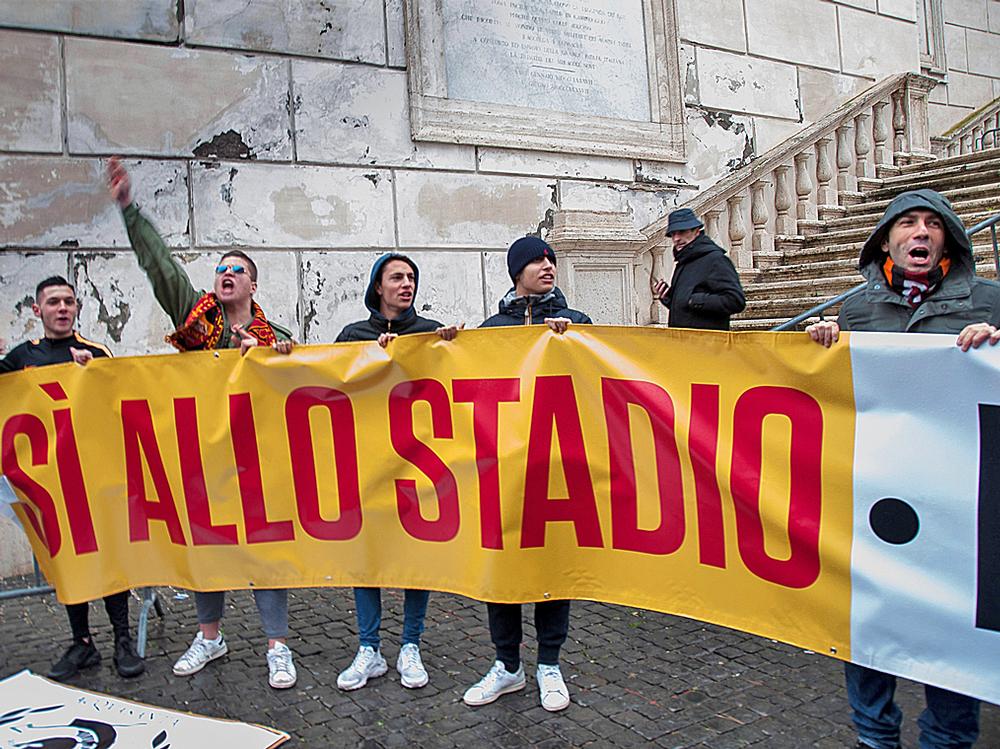
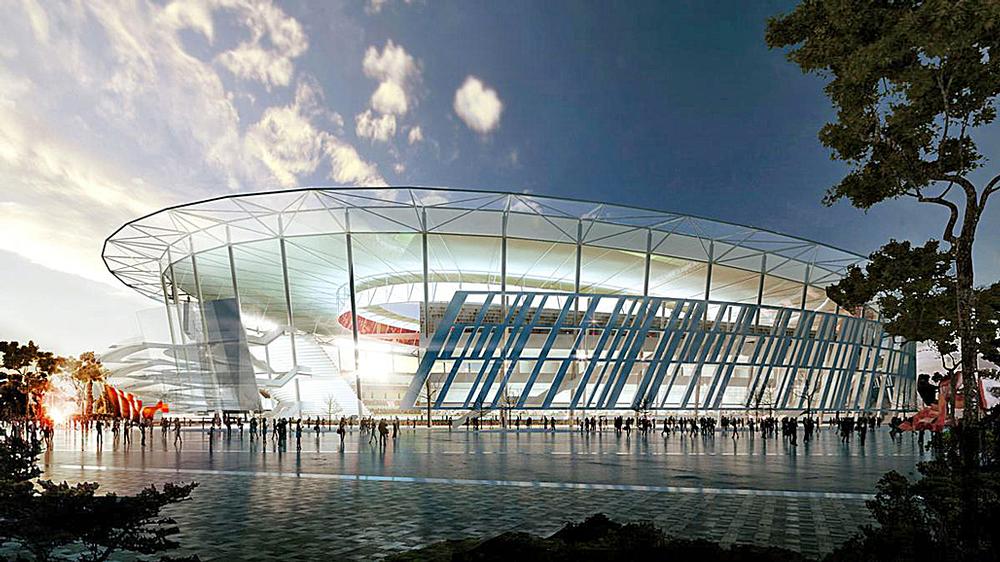
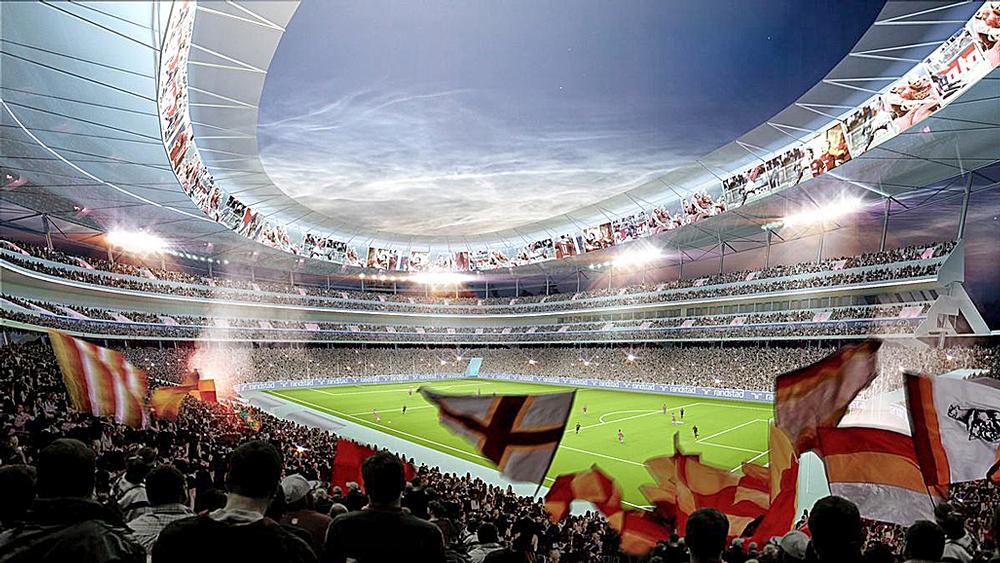
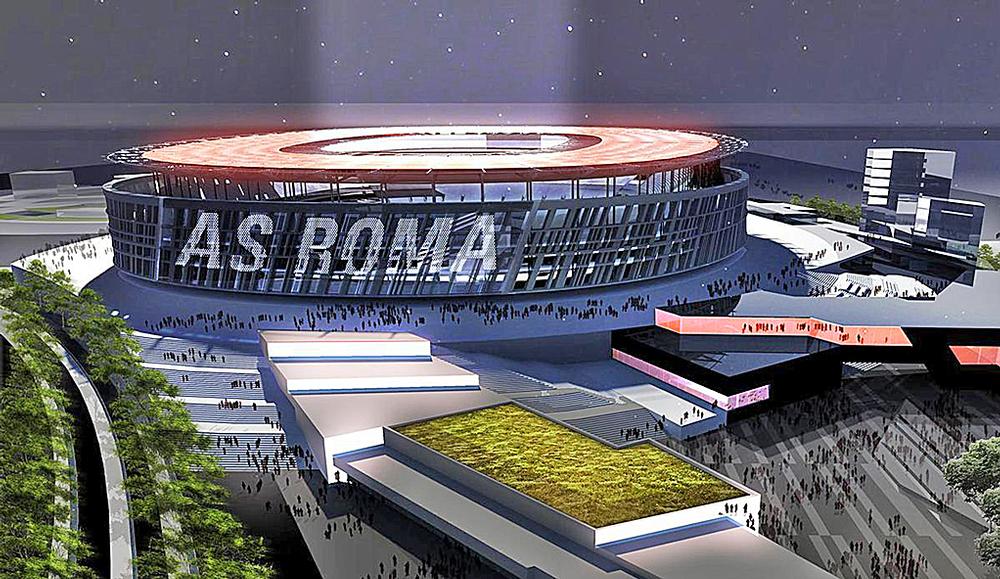

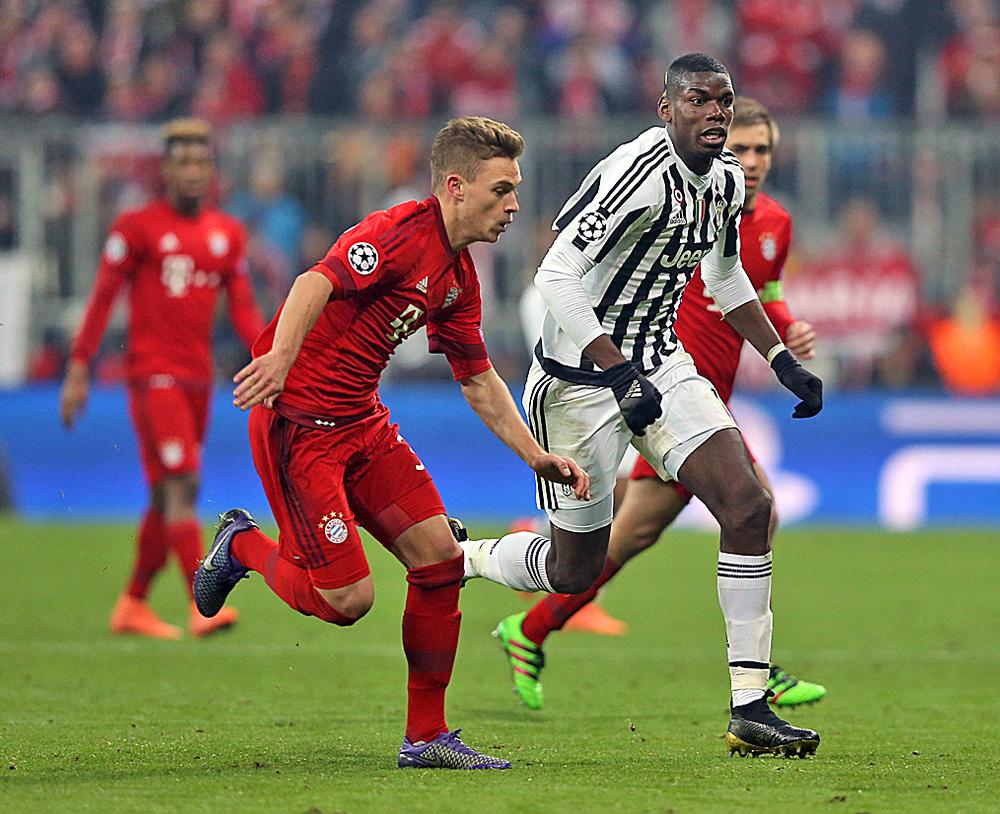
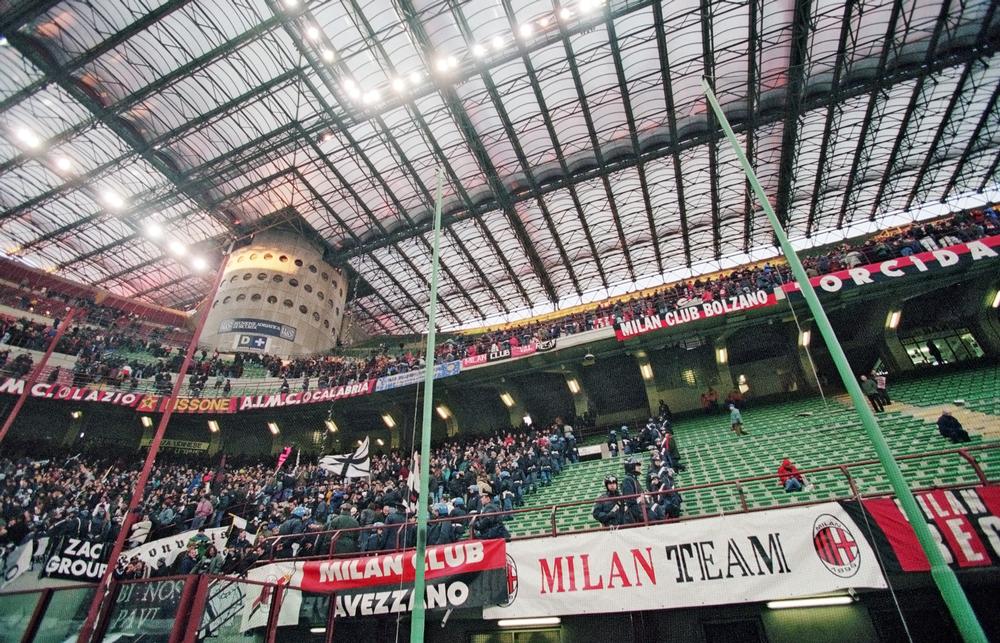

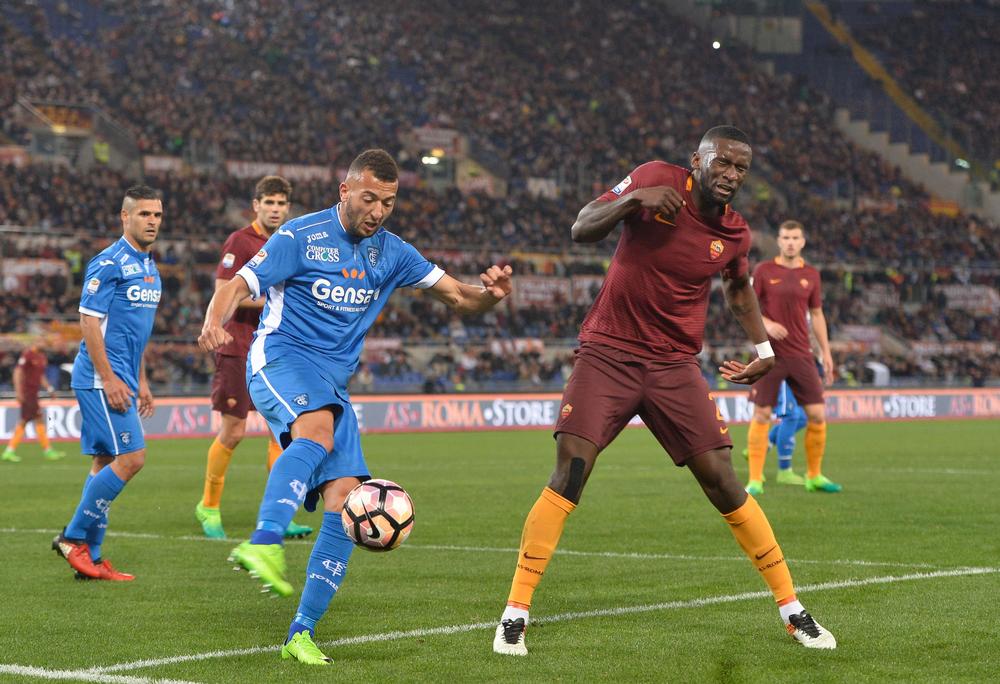
Recreation Assistant (Dry Site)
Party Leader
Cleaning Assistant
Duty Manager
Duty Manager
Team Leader (Harrow School Fitness Club)
Centre Manager (Leisure)
Director of Operations
Fitness Motivator
Recreation Assistant/Lifeguard (NPLQ required)
Membership Manager
Recreation Assistant
Swim Teacher
Swim Teacher
Chief Executive Officer, Mount Batten Centre
Swimming Teacher
Swimming Teacher
Company profile
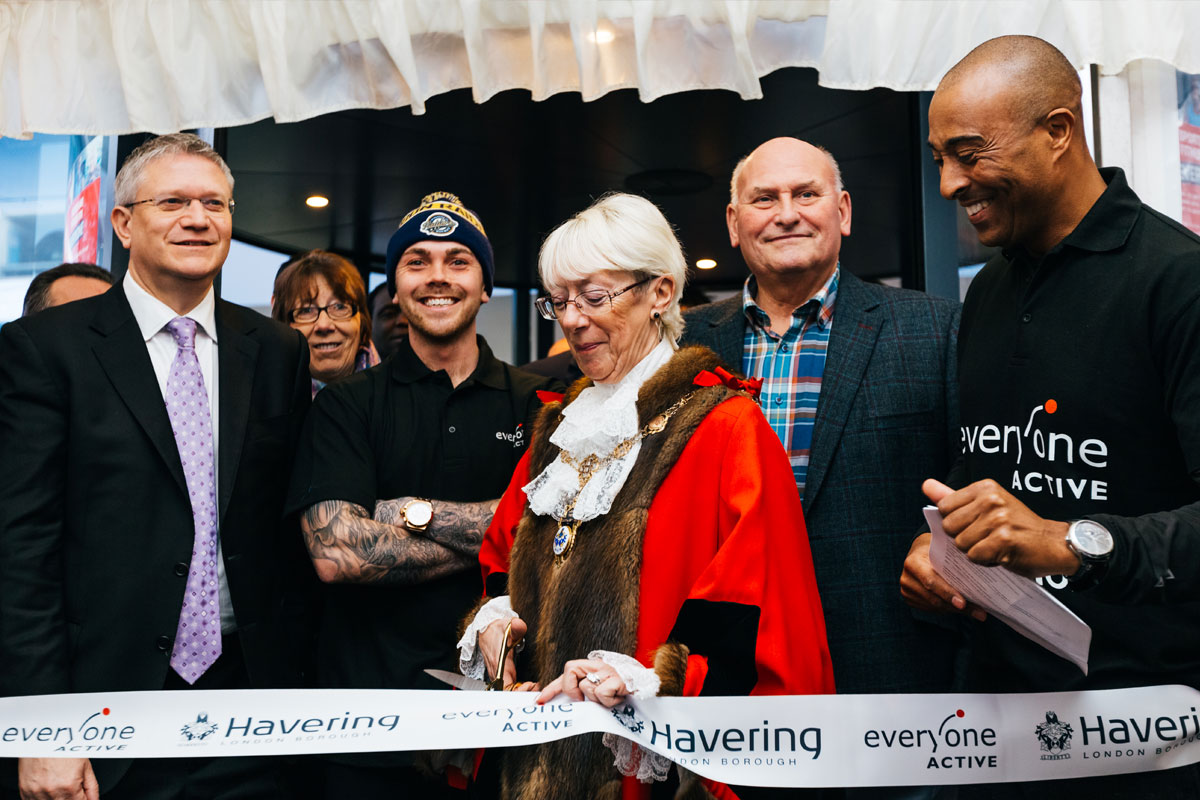
Featured Supplier

Property & Tenders
Company: Knight Frank
Company: Belvoir Castle
Company: AVISON YOUNG
Company: London Borough of Bexley
Company: Forestry England














